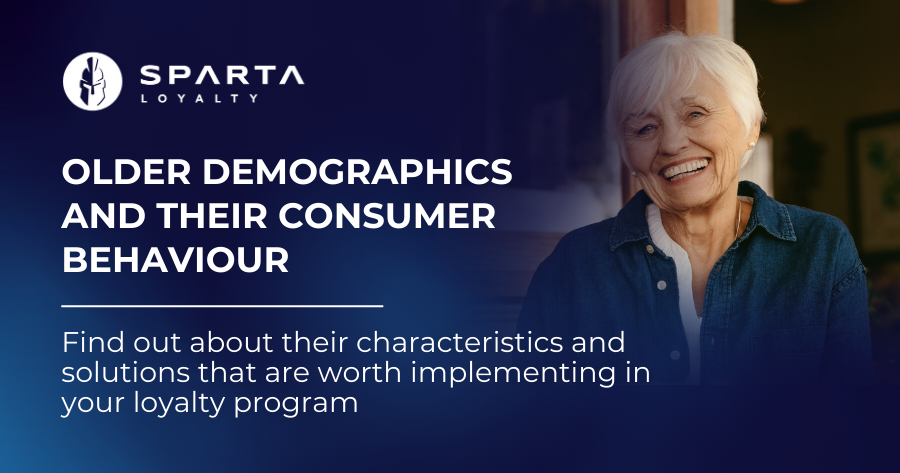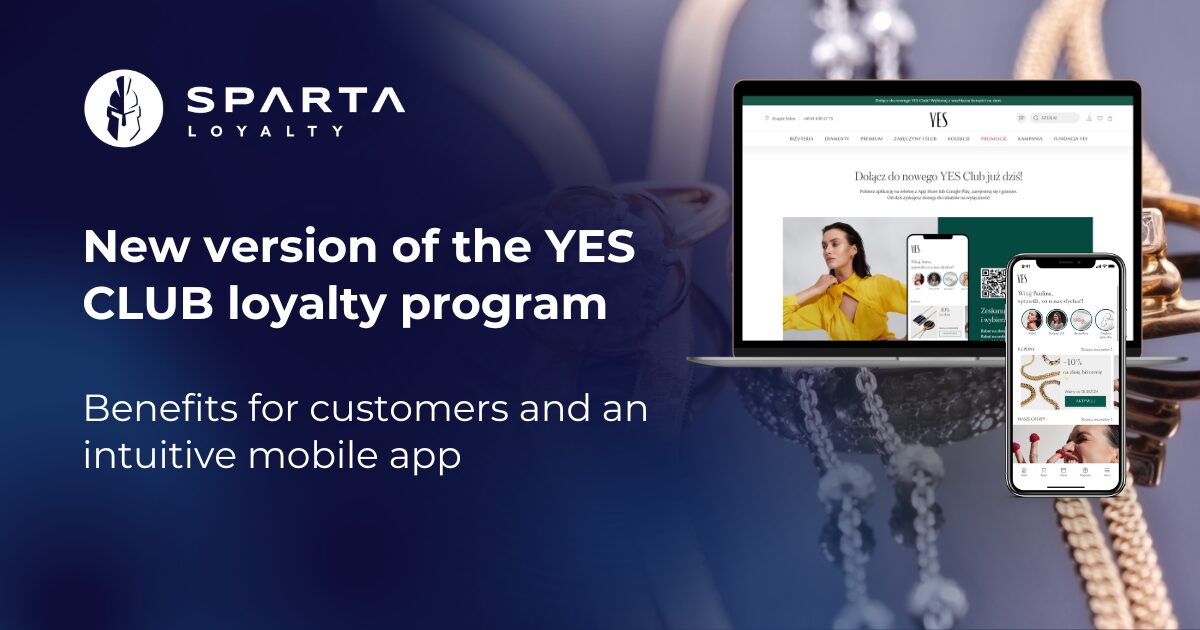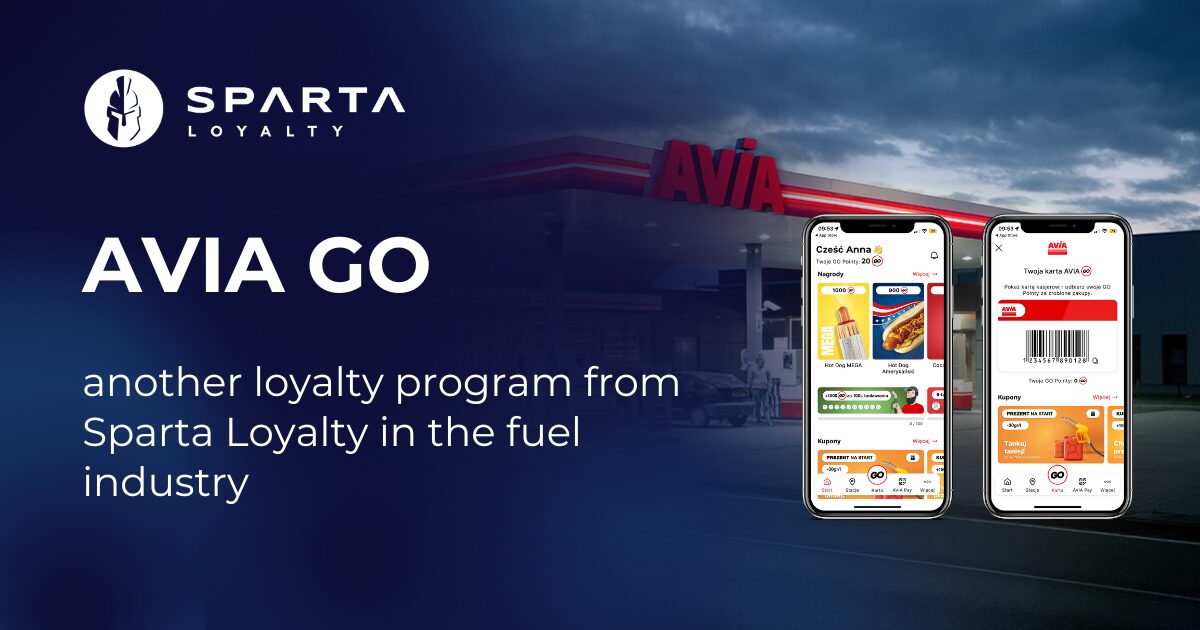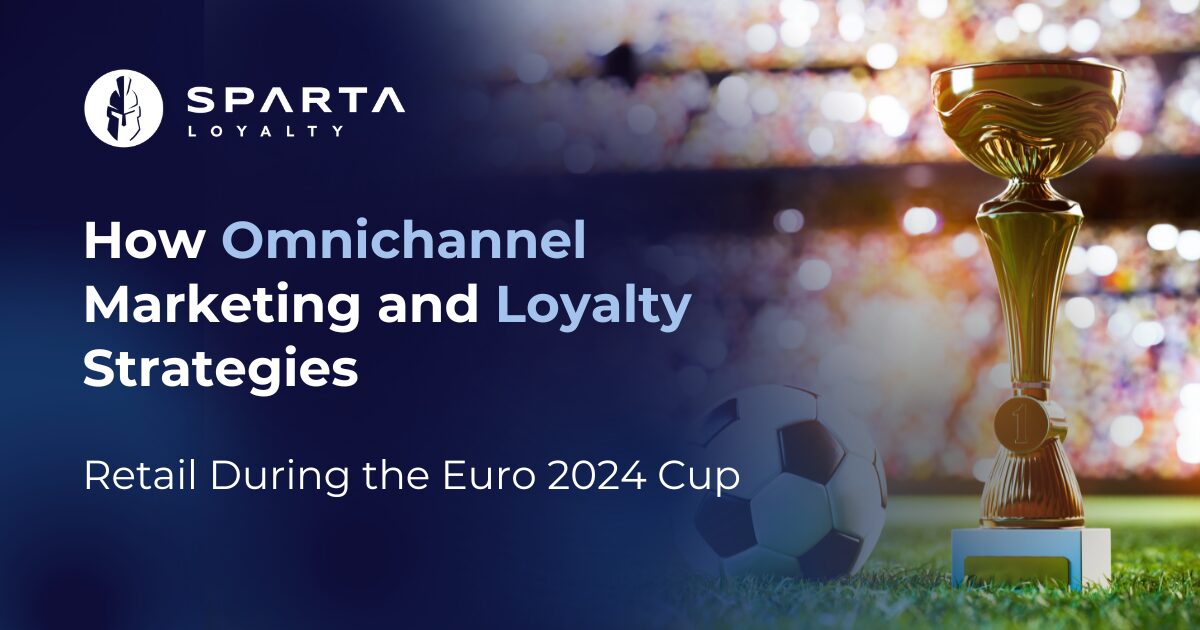Over the last 40 years there has been a dramatic shift in the way we approach consumer behaviour due to ever changing marketplace. With change, at least for some consumers, adaptability is key, but even though there are some more resilient consumers, some do unfortunately get left behind. With the advent of online shopping platforms and a much higher dependency on technology for marketing and retail needs, a growing divide between generations is occurring. This is further hastened by the fact that a lot of retail shopping is now focusing primarily on using social media to further its market share. All of this has to be taken into account when designing a loyalty program as you do not want to exclude a very large and important demographic.
When creating and designing a loyalty program, you should always remember about the target audience. Only in this way, you have a chance to build a true, lasting relationship that will be mutually beneficial for both parties. When preparing an offer for a specific group of consumers, it is worth understanding their needs and consumer habits, as well as their expectations and characteristics. In this article we will refer to representatives of older consumers – baby boomers and generation X and aim to cover their specific demands when it comes to loyalty programs.
Baby Boomers or Generation X – understand your consumers and their outlook
In a previous article, we presented the characteristics of younger consumer groups, but the main focus of this article is to focus on older consumers and their behaviours. Depending on the source, the range of years in which their representatives were born will slightly differ. However, the easiest way to describe the first generation is by the title referred to as ‘baby boomers’. The title, as dubious as it is, is one that refers to people born during the baby boom after the Second World War. Generation X refers to people born in the second half of the 1960s or a little later. People who were born in the 1980s are already Generation Y, about whom we wrote in an earlier publication.
Why do we want to focus on the oldest groups? First of all, because they probably constitute a very large percentage of your consumers or potential recipients. They are also an important purchasing power due to their age and ability to accumulate wealth over a longer period of time.
The described collections of consumers are often those that are distinguished as focusing on quality – both for products and for the service itself. They also pay attention to the cost and value of products, pertaining to costs. However, these are not customers who will always choose the cheapest option, regardless of other aspects. Baby boomers eagerly use offline shopping, but both groups, although not brought up in the digital world, are open to using this channel for everyday shopping or service selection. This behavior has to be nurtured and supported as over complicated shopping protocols can easily disway new potential customers. An additional stimulus could be the current pandemic period, which has shown how important online shopping skills are.
Three tips on how to reach the Baby Boomers and Generation X
First of all – remember about the quality of the relationship
To begin we shall focus on the strength and values of the brand-to-customer relationship because these generations often interact directly with the staff when shopping or using services. They expect reliable information and high quality customer service but more so a level of familiarity that tends to be developed over a long period of patronage. Can you think of something you can do in your company to improve in this area? Has your team been properly trained not only to offer basic services, but also to present a loyalty program proposition or offer?
High quality services are staple for all customers and will also apply to the program itself. After all, the basis of the relationship should be mutually beneficial for both parties. When designing a program, remember that the benefits should not adversely affect the quality of the services or products provided.
Second – be very clear about your offer
A clearly formulated offer will make it easier for each group, and in this case it is of utmost priority as it will facilitate a clear line of communication with your target audience, being the older demographic. By conducting a dialogue with representatives of baby boomers, show the real, measurable benefits of the loyalty program they join. This scenario will be the best solution for those representatives of the generation who can easily verify the attractiveness of the offer, as well as for those who need help and explain its principles. An example of this is information about visiting your store or service point.
A clear definition of the conditions also applies to the previous point – once again, it is a concern for the quality of the relationship with the customer to whom you address your solutions.
Third – choose the right communication channels
According to the IRCenter study, older consumers are eager to choose traditional forms of communication. Keep this in mind when preparing the offer of your loyalty program. It may turn out that an inconspicuous leaflet will work very well and help attract new people to your offer. A more controversial point here is whether it is also worth communicating online?
In our opinion, yes. Both of the older groups of consumers eagerly use the resources of the Internet and although they are not referred to as digital natives as generation Z, they can easily use the Internet and use the resources available there. This due to the constant pressure and ever changing marketplace that has transpired that we mentioned before.
As you can see, the described generations often focus on universal values, which, after implementation, will also be appreciated by other, younger groups. Do you want to talk about their application in your company? Contact us.






